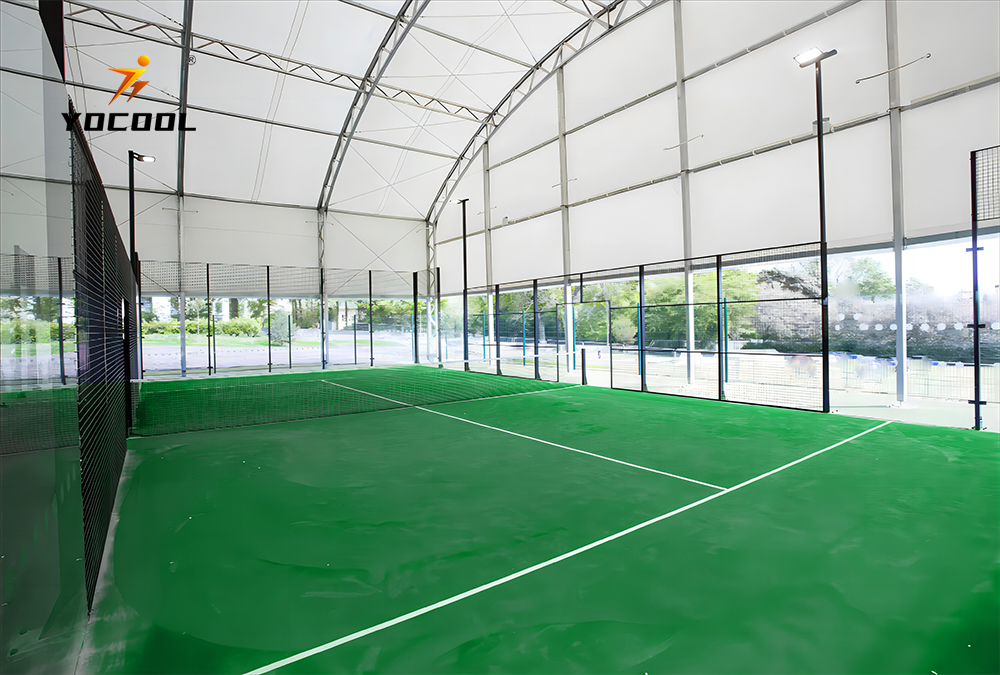

Understanding the Costs Involved in Padel Equipment Manufacturing
As the sport of padel continues to gain popularity worldwide, understanding the costs associated with its manufacturing becomes increasingly important. From padel rackets to courts, the factory costs can vary significantly based on various factors, including materials, production processes, and labor.
Raw Material Costs
The foundation of any padel product lies in the materials used. Padel rackets typically consist of foam cores, which provide comfort and control, and composite surfaces made from carbon fiber or fiberglass. The choice of material greatly affects not only the quality of the racket but also the manufacturing cost. High-quality materials offer durability and better performance but may lead to higher production expenses. For instance, carbon fiber, being more expensive than fiberglass, could increase the production costs by 20-30%. Additionally, sourcing sustainable materials, which are becoming increasingly popular among environmentally conscious consumers, can also contribute to overall costs.
Labor Costs
Labor is another significant component of production costs. The skilled labor required to manufacture high-quality padel equipment can be costly. Factories located in regions with higher wage standards may face increased labor costs compared to those in areas with lower wage requirements. Moreover, the complexity of the manufacturing process, which often includes precision cutting, molding, and finishing, necessitates skilled workers who command higher salaries. Investing in well-trained employees can lead to improved product quality and efficiency, ultimately impacting the bottom line positively.

Production Process
The production process itself also plays a crucial role in determining costs. Modern manufacturing techniques, such as automation and advanced machinery, can enhance productivity but require significant upfront investment. While automation can lower long-term labor costs and improve consistency in product quality, it may not be feasible for all manufacturers, especially smaller ones. These companies may rely on traditional manufacturing techniques, which, while potentially less expensive initially, can lead to higher labor costs over time due to lower efficiency.
Overhead Expenses
Overhead costs, including rent, utilities, and administrative expenses, contribute to the overall cost of manufacturing. Factories need to maintain a conducive environment for production, adhering to health and safety regulations. Additionally, marketing and distribution costs must be factored in, as getting the product to market involves logistics that can strain budgets.
Conclusion
In conclusion, the costs associated with manufacturing padel equipment are multifaceted, involving raw materials, labor, production processes, and overhead. For businesses looking to enter the padel market, conducting thorough cost analysis is crucial for setting competitive prices while ensuring quality remains a priority. Understanding these costs allows manufacturers to optimize their production processes and align their financial strategies with market demands. As the popularity of padel continues to rise, manufacturers who can effectively manage these costs will be better positioned to thrive in this growing industry. By carefully balancing quality and affordability, padel manufacturers can contribute to the sport's expansion while maintaining profitability.
High-Performance Industrial Flooring Solutions China Paddle Tennis Court for Sale
High-Performance Industrial Flooring Solutions Durable & Cost-Effective
Homogeneous Transparent Floor – Durable & Stylish Rubber Floor Solutions
Premium Homogeneous Transparent Floor for Durable & Stylish Spaces Rubber Floor Solutions
Premium Sports Floor Solutions Durable PVC Sports Floor & Rubber Floor for Gyms
Durable Rubber Composite Floor Premium Rubber Floor & Mats Solutions